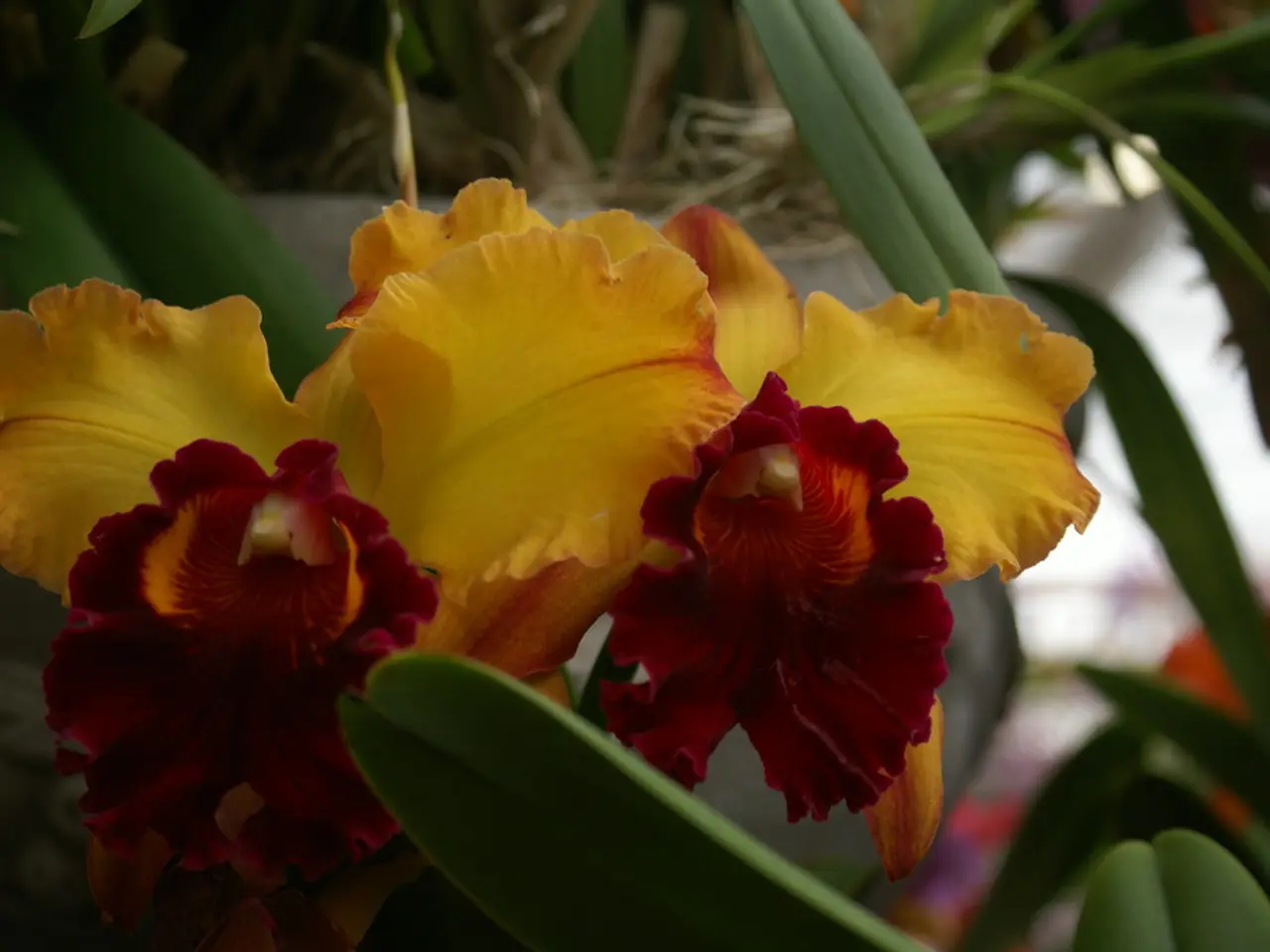Home Decor: Stunning Lilies for a Vibrant Garden Setting at Your House
### Growing and Enjoying a Variety of Lilies in Your Home Garden
Lilies, with their large, fragrant flowers and striking colors, are one of the most beautiful and versatile flowering plants you can grow in your home garden. Belonging to the genus Lilium, containing over 100 different species, lilies offer a wide range of types to choose from.
#### Types of Lilies and Their Characteristics
##### 1. True Lilies (*Lilium* genus)
These are the classic garden lilies known for their trumpet or bowl-shaped flowers. True lilies can be further categorized into several divisions, each with its unique characteristics.
- **Asiatic Hybrids (Division I):** Typically early bloomers with a wide range of colors and no fragrance. Flowers are upright. - **Martagon Hybrids (Division II):** Based on species like *Lilium martagon*. They feature nodding, Turk’s cap-shaped flowers with strongly recurved petals. - **Candidum (Euro-Caucasian) Hybrids (Division III):** Include mostly European species like *Lilium candidum*. Flowers usually are white or pale yellow and trumpet-shaped. - **American Hybrids (Division IV):** Tall-growing forms, often clump-forming perennials with rhizomatous rootstocks, derived from species such as *Lilium canadense* and *Lilium superbum*.
True lilies are perennial, herbaceous plants growing from bulbs, often with striking colors and patterns.
##### 2. Calla Lilies (*Zantedeschia* genus)
While not true lilies, calla lilies are popularly called lilies due to their similar appearance. They feature an elegant, minimalistic appearance with distinctive funnel-shaped flowers. Varieties include 'Acapulco Gold', 'Rubylite Pink Ice', 'Classic Harmony', 'Apricot Lady', 'Pink Melody', 'Crowborough', and 'Green Goddess'.
#### Care Tips for Lilies
Lilies require specific care to ensure healthy growth and beautiful blooms.
For true lilies:
- Soil: Well-drained, rich in organic matter. - Sunlight: Prefer full sun to partial shade; Martagon types tolerate more shade. - Water: Keep soil moist but not waterlogged; good drainage is critical to prevent bulb rot. - Fertilizer: Light feeding with balanced fertilizer during growing season. - Planting: Bulbs should be planted deep (about 6 inches) to protect them through winter. - Maintenance: Remove spent flowers to encourage more blooms; stake tall varieties to support stems. - Pests/Diseases: Watch for beetles and fungal diseases; good air circulation helps prevent problems.
For calla lilies:
- Water: They enjoy plenty of moisture, especially during the growing season. - Sunlight: Prefer bright indirect light or partial sun. - Soil: Rich, well-drained soil. - Temperature: Sensitive to frost; often grown as perennials in mild climates or as annuals/indoor plants elsewhere. - Care: Remove faded flowers, avoid overwatering in dormant periods, and apply fertilizer every few weeks during growth.
#### Summary Table
| Lily Type | Characteristics | Care Requirements | |--------------------|-------------------------------------------------|--------------------------------------------| | Asiatic Hybrids | Upright flowers, no fragrance, wide colors | Full sun, well-drained soil, moist soil | | Martagon Hybrids | Nodding, recurved petals, shade-tolerant | Partial shade, moist soil | | Candidum Hybrids | Trumpet-shaped white/pale flowers | Full sun, deep planting | | American Hybrids | Tall, clump-forming, rhizomatous roots | Full sun to partial shade, moist, rich soil| | Calla Lilies | Funnel-shaped elegant flowers, various colors | Bright indirect light, moist soil, frost-sensitive|
These care tips and characteristics provide a good foundation for successfully growing and enjoying different kinds of lilies in your garden or home setting. For more detailed guidance, consulting specific variety care sheets can be helpful.
Lilies are not only beautiful but also steeped in symbolism. Easter lilies, for example, are the traditional flowers for Easter celebrations, symbolizing purity and new beginnings. With eight different types based on their shape and size, there is a lily for every garden and every occasion. Happy gardening!
- To promote healthy growth and beautiful blooms in your home garden, ensure that your soil is well-drained and rich in organic matter, providing a nurturing environment for your lilies.
- Traditional garden lilies, known for their trumpet or bowl-shaped flowers, are perennial, herbaceous plants that grow from bulbs, offering a visual spectacle with their striking colors and patterns.
- If you're considering other popular lilies, such as calla lilies, take note that, while not true lilies, they possess an elegant, minimalistic appearance with distinctive funnel-shaped flowers.
- Applying a light feeding with balanced fertilizer during the growing season, providing good drainage, and maintaining the health of your lilies by removing spent flowers and staking tall varieties can help prevent problems like pests and diseases.
- For optimum development and vitality, place your lilies in full sun to partial shade, depending on their specific growing requirements, and cared for according to the unique characteristics of their division or species, ensuring that you can enjoy these beautiful blooms in your home-and-garden lifestyle.




